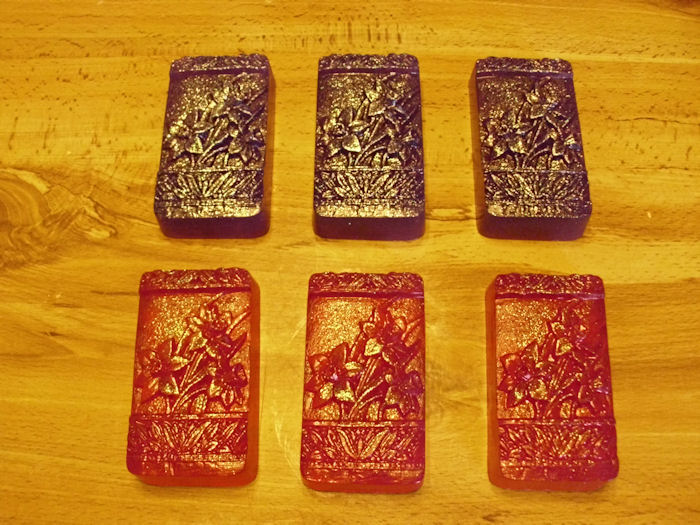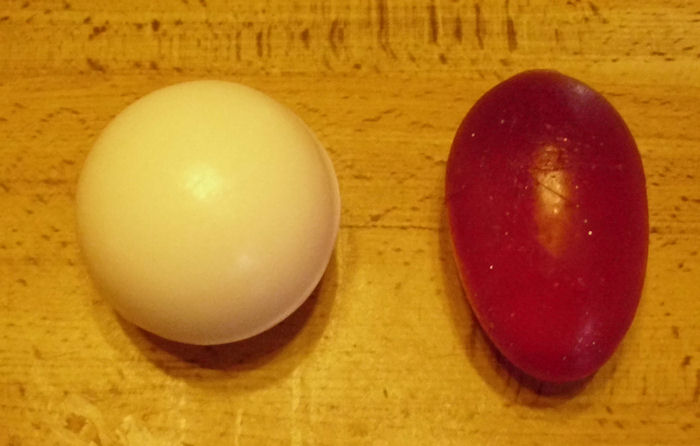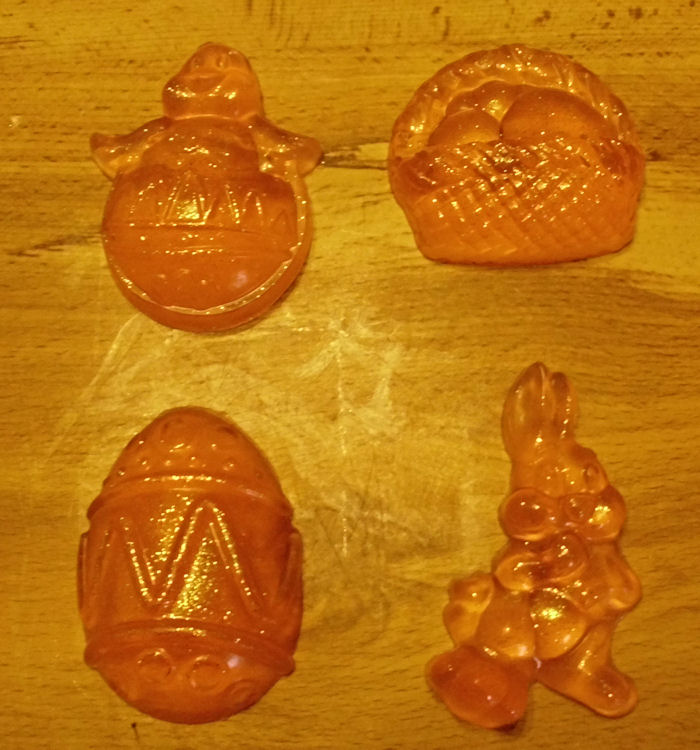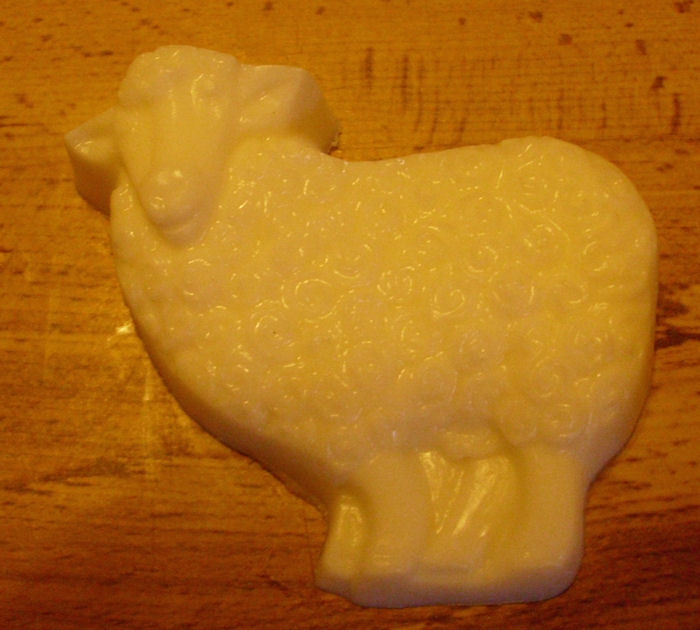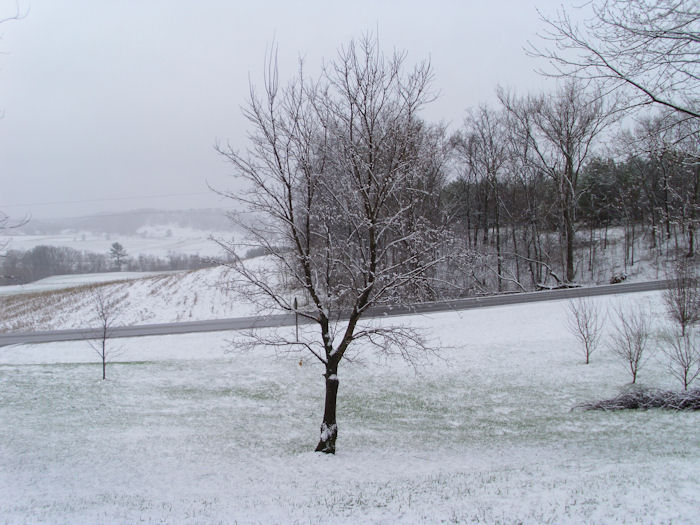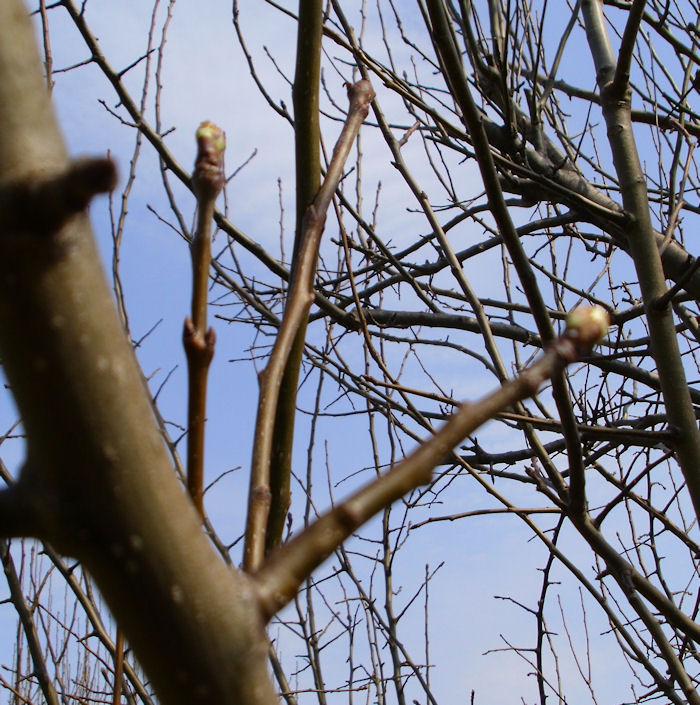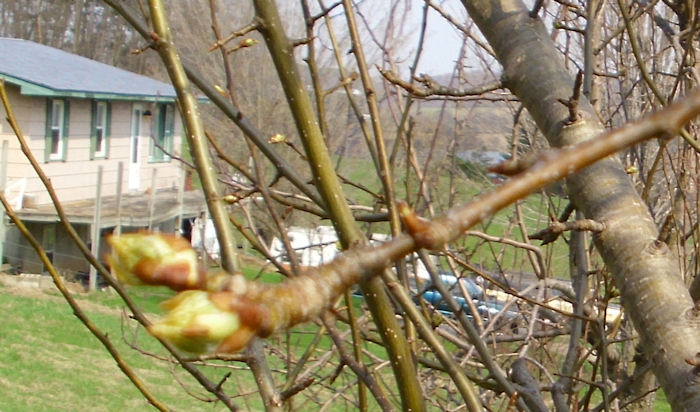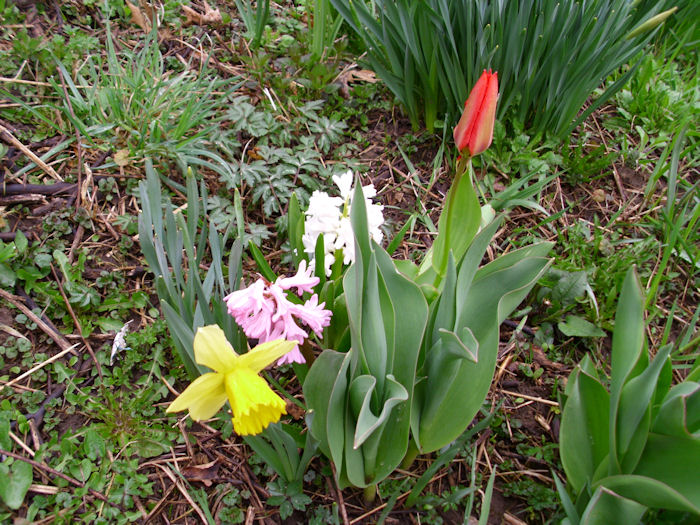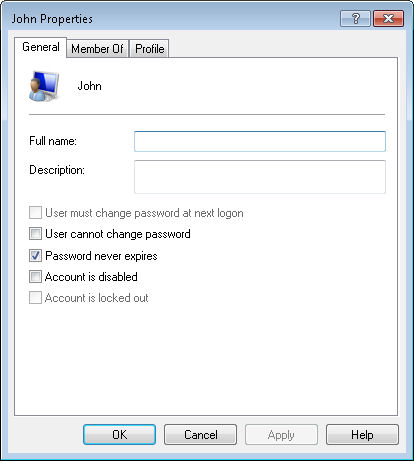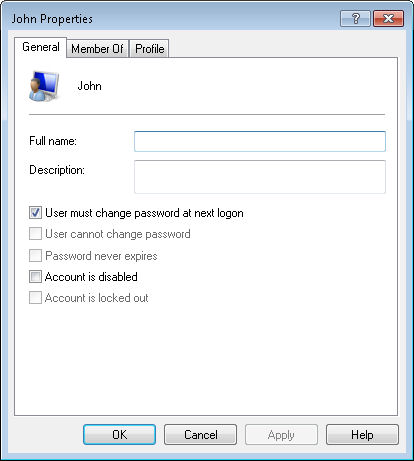Dune is an amazing read that’s hard to strictly categorize. Most people say that it’s a science fiction book, which I guess it is to a certain extent. After all, it does take place in the future when mankind has moved out into the solar system and colonized many worlds. The book takes place so far into the future that all knowledge of man’s origins has faded into obscurity. There are certain technology elements to the book, but you won’t find robots, space battles, or anything of that sort. In fact, the author deliberately downplays technology and offers technology run amok as a reason for man’s venture into an almost anti-technology society.
In some respects, Dune is a fantasy. You’ll find mention of the strange spice melange which imparts almost magical characteristics to those who indulge in it (and almost everyone in the book does to some extent with differing effects). The backdrop for the book reads somewhat like a Gothic novel with kings and queens. The main character is a duke seeking to repair an incredible wrong done against his family. The book is also filled with the mythical creature, a sand worm that’s so large that people can ride it. Dune is a desert planet and it invokes a somewhat romantic view of the difficulty of living in such an environment.
However, in its innermost being, Dune is a book about political intrigue and the author, Frank Herbert, does an amazing job of creating a twisted plot. Because this book is a bit complex, some people will find it hard to read. Still, once you get into the meat of the book, you’ll find that it keeps your interest. Dune is for someone who likes almost Machiavellian complexity and doesn’t particularly relish a book with little substance—mere mind candy.
The book has a strong cult following and you’ll find many follow on editions for it. In fact, two movies have come out about Dune in the past. The first is a shorter version (a little over 2 hours for the original theatrical offering) that stars Kyle MacLachlan, Virginia Madsen, Francesca Annis, Leonardo Cimino, and Brad Dourif. This version also includes Patrick Stewart before he became famous as the captain of the Enterprise in Star Trek. The second is a longer 265 minute version that stars William Hurt, Alec Newman, Giancarlo Giannini, Uwe Ochsenknecht, and Saskia Reeves.
Both theatrical versions of Dune diverge from the original book plot in a significant way—the book doesn’t spend much time discussing the action in battles, while the movies seem to focus on it to an extent. In fact, Frank Herbert is apt to simply say that the battle occurred and that a certain party won. Consequently, the movies and the book both have something to offer and are different presentations of the same plot. I enjoy all three and plan to review the movies at some point.
Dune is the sort of book to get if you want to become totally immersed and forget your cares for a while. The writing is good and you won’t find yourself distracted by inelegant prose. When you’re done, you’ll definitely find yourself wishing for more (and fortunately, there is more to be had in tomes such as Children of Dune).

